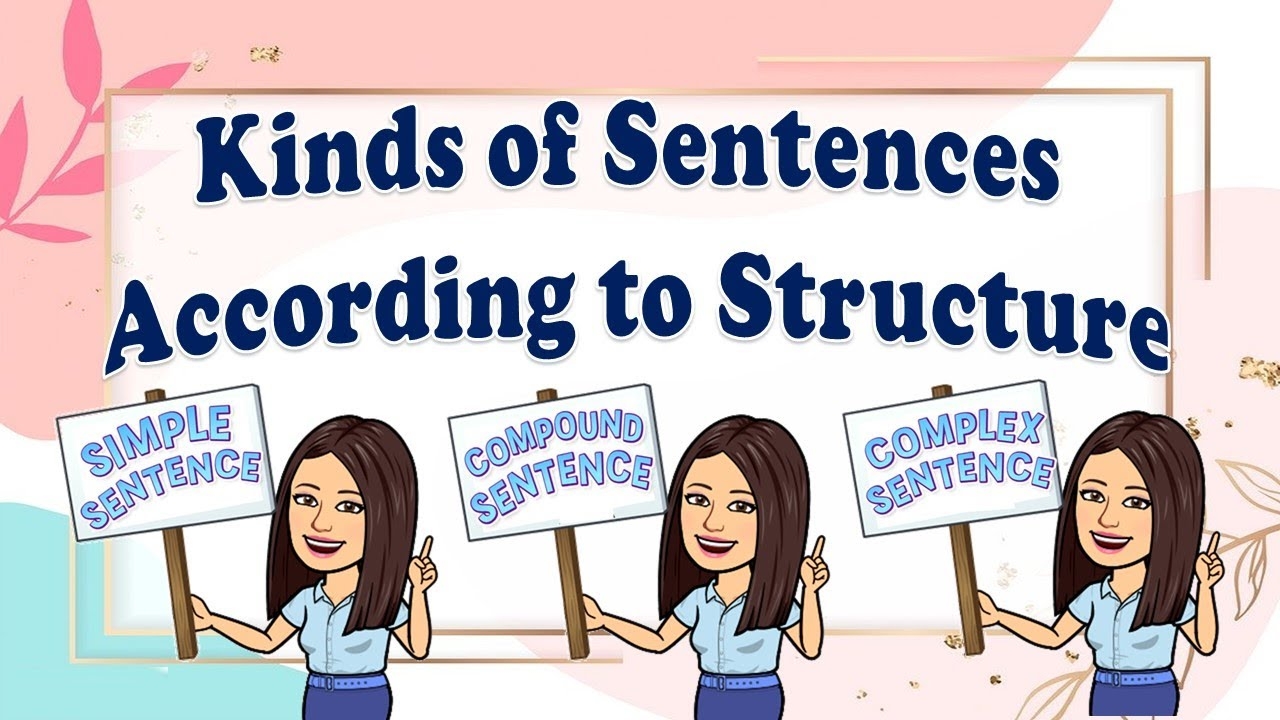Sentences are the building blocks of communication, and they come in various structures. Understanding the different kinds of sentences according to their structure can help improve your writing skills and make your communication more effective.
There are four main types of sentences based on their structure: simple sentences, compound sentences, complex sentences, and compound-complex sentences. Each type serves a different purpose and can add variety and depth to your writing.
Types of Sentences:
1. Simple Sentences: A simple sentence consists of a single independent clause, which contains a subject and a verb. It expresses a complete thought and stands alone as a sentence. For example, “The dog barks loudly.”
2. Compound Sentences: A compound sentence consists of two or more independent clauses joined together by coordinating conjunctions, such as “and,” “but,” or “or.” For example, “The sun was shining, and the birds were singing.”
3. Complex Sentences: A complex sentence consists of an independent clause and one or more dependent clauses. The dependent clause cannot stand alone as a complete sentence. For example, “Although it was raining, she went for a walk.”
4. Compound-Complex Sentences: A compound-complex sentence combines the elements of both compound and complex sentences. It consists of two or more independent clauses and one or more dependent clauses. For example, “She went for a walk, but she forgot her umbrella because it was raining.”
By understanding the different kinds of sentences according to their structure, you can enhance the clarity and impact of your writing. Experiment with using a variety of sentence structures to keep your readers engaged and interested in your content.
In conclusion, mastering the various types of sentences based on their structure can elevate your writing to the next level. Whether you are crafting a story, an essay, or a business report, using different sentence structures can help you communicate your message effectively and engage your audience. So, keep practicing and experimenting with different sentence types to become a more versatile and skilled writer.
